Once you have booked your Live Observing slot, you can plan out what you’d like to see in the sky! The location of your telescope will depend on whether you have a morning (am) slot or afternoon (pm) slot. Morning slots are for Faulkes Telescope South in Australia. Afternoon slots are for Faulkes Telescope North in Hawaii.
After checking the location, you then need to choose your targets. We have given some suggestions on this page. Each one has been chosen because of their size (to fit the camera's frame of view) and position in the sky (so they'll be visible throughout the entire 30-minute session).
Here's an explanation of each table column:
- Target Name
This is the name of the object. The letters usually stand for a catalogue of some kind (e.g. M being Messier, NGC being New Galactic Catalogue), and the number is just the object’s place in the catalogue.
Any other names for the object are given in brackets.
- Classification
This tells you what the object is (e.g. star cluster, nebula, galaxy).
There might also be some extra information about it's classification. For example, the star cluster may be globular or open.
- Image
This gives an idea of what the object looks like.
Please note that the images are not a true indication of what you will observe. There are many factors (such as weather, moon phase, light pollution, etc.) that can affect the observing conditions from night to night.
- Viewable Site/s
This tells you which location (Australia and/or Hawaii) the target will be visible from.
Remember to check the time of your Live Observing slot to know where your telescope is based – morning (am) slots for Australia and afternoon (pm) slots for Hawaii.
- Right Ascension
Part of a celestial coordinate system that lets us measure the locations of objects in the sky. It is a set of three numbers: the first is given in hours, then minutes, and the last is seconds.
For simplicity, these have been left out of the table below and the numbers are separated with a colon. This is how the right ascension needs to be inputted on the Real-time Interface (if using manual mode - read the Guidance for Live Observing for more information).
Objects with similar right ascensions and declinations are close to each other in the sky. Use these coordinates to help order your observations. This minimises the time taken for the telescope to move between targets.
- Declination
Part of a celestial coordinate system that lets us measure locations of objects in the sky. It is a set of three numbers: the first is given in degrees, then arcminutes, and the last is arcseconds.
For simplicity, these have been left out of the table below and the numbers are separated with a colon. This is how the declination needs to be inputted on the Real-time Interface (if using manual mode - read the Guidance for Live Observing for more information).
Objects with similar right ascensions and declinations are close to each other in the sky. Use these coordinates to help order your observations. This minimises the time taken for the telescope to move between targets.
- Exposure Time (s)
This is how long the camera needs so it can take a good image. It is measured in seconds (s).
Enough light must be collected so that we can see the object. Faint, far away objects will have a longer exposure time than objects that are bright and closer to Earth.
The exposure times are the same for each filter - red, green, and blue. For example, suppose an object has an exposure time of 30 seconds. You would input that into the exposure time for the red filter, green filter, and blue filter.
These pictures are taken simultaneously. So, going back to the example object, you won't need to wait 1 minute and 30 seconds to have all 3 images. Once the telescope has found the object, the camera begins exposing, and the red, green, and blue pictures will have been taken after 30 seconds. You'll be able to view these when they've been processed.
Read the Guidance for Live Observing for more information about taking and viewing images.
Check the exposure times and decide the number of targets for your session. You’ll also want to look at your images – even if only quickly – when they’re ready to view, so factor this into your planning as well. And remember that the telescope can sometimes take a few minutes to move from one object to another, depending on where it is in the sky.
But it is always better to have too many targets than not enough! If you don’t get to see everything, you can always book another session.
Note: Objects with similar right ascensions and declinations are close to each other in the sky. Use these coordinates to help order your observations. This minimises the time taken for the telescope to move between targets.
| Target Name | Classification | Image | Viewable Site/s | Right Ascension | Declination | Exposure Time (s) |
NGC 1365 (Great Barred Spiral Galaxy)
| Double-Barred Spiral Galaxy
| Image
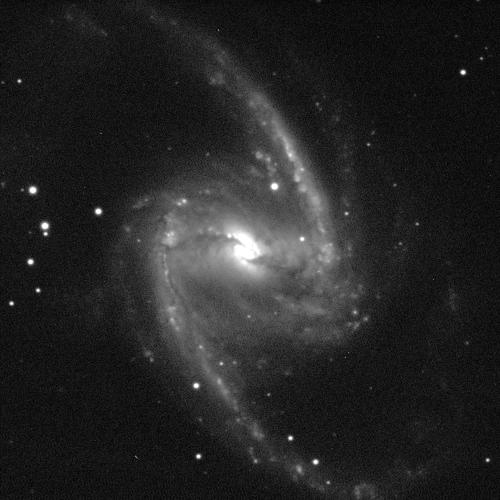
Credit
This work
by Las Cumbres Observatory (taken with Faulkes Telescope South)
is licensed under Creative Commons Attribution Non Commercial 4.0 International
|
Australia
| 3:33:36.46 | -36:08:26.37 | 120 |
| NGC 1232 (Eye of God Galaxy) | Weakly Barred Spiral Galaxy | Image
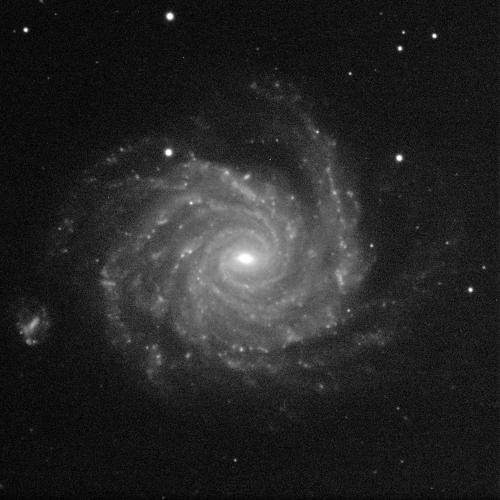
Credit
This work
by Las Cumbres Observatory (taken with Faulkes Telescope South)
is licensed under Creative Commons Attribution Non Commercial 4.0 International
| Australia | 3:09:45.51 | -20:34:45.48 | 120 |
| NGC 1097 | Barred Spiral Galaxy | Image
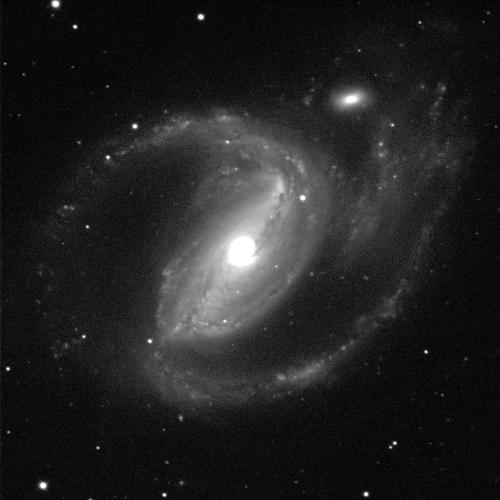
Credit
This work
by Las Cumbres Observatory
is licensed under Creative Commons Attribution Non Commercial 4.0 International
| Australia | 2:46:19.06 | -30:16:29.86 | 180 |
| NGC 1313 (Topsy Turvy Galaxy) | Irregular Galaxy | Image
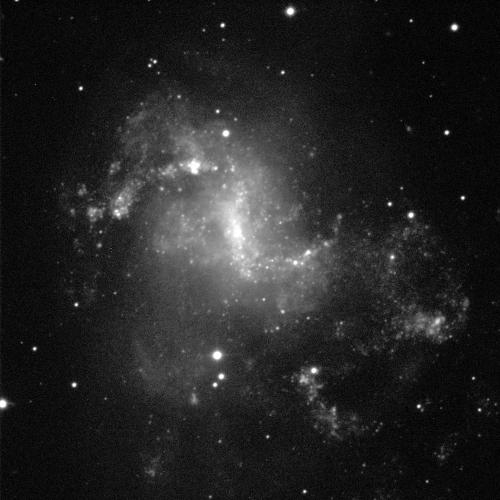
Credit
This work
by Las Cumbres Observatory (taken with Faulkes Telescope South)
is licensed under Creative Commons Attribution Non Commercial 4.0 International
| Australia | 3:18:16.05 | -66:29:53.74 | 180 |
| NGC 1360 (Robin's Egg Nebula) | Planetary Nebula | Image

Credit
This work
by Las Cumbres Observatory (taken with Faulkes Telescope South)
is licensed under Creative Commons Attribution Non Commercial 4.0 International
| Australia | 3:33:14.65 | -25:52:17.98 | 120 |
| NGC 246 (Skull Nebula) | Planetary Nebula | Image
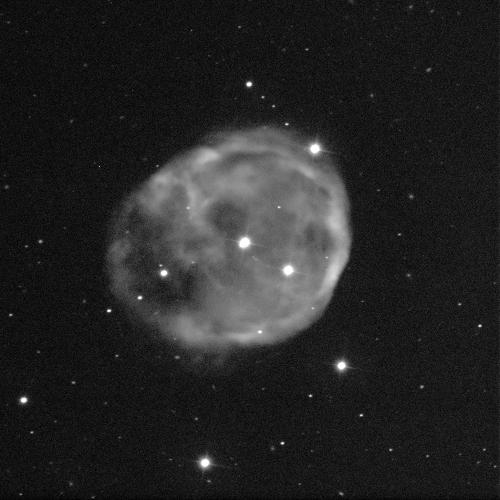
Credit
This work
by Las Cumbres Observatory (taken with Faulkes Telescope North)
is licensed under Creative Commons Attribution Non Commercial 4.0 International
| Australia | 0:47:3.34 | -11:52:18.97 | 90 |
| NGC 456 | Nebula with an Open Star Cluster | Image
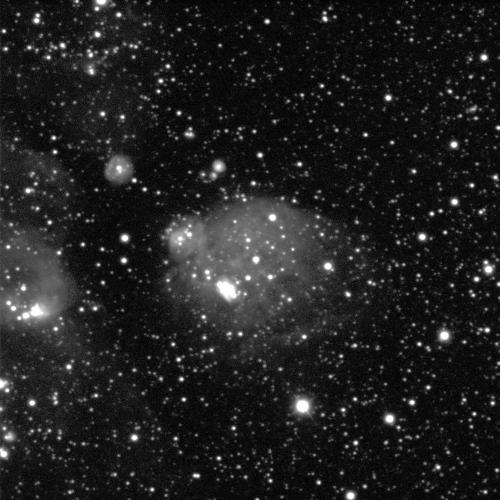
Credit
This work
by Las Cumbres Observatory (taken with Faulkes Telescope South)
is licensed under Creative Commons Attribution Non Commercial 4.0 International
| Australia | 1:13:44.4 | -73:17:26 | 120 |
| NGC 1261 | Globular Star Cluster | Image
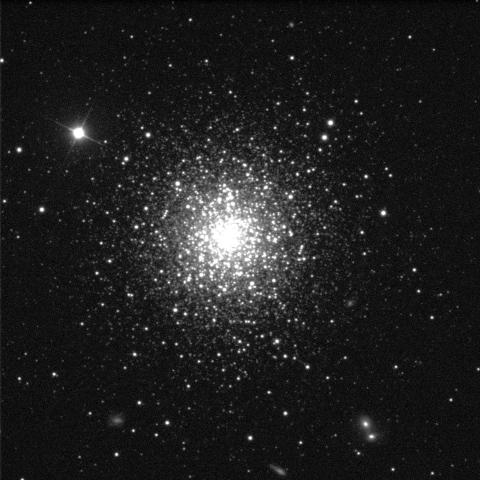
Credit
This work
by Las Cumbres Observatory (taken with Faulkes Telescope South)
is licensed under Creative Commons Attribution Non Commercial 4.0 International
| Australia | 3:12:16.21 | -55:12:58.4 | 30 |
| NGC 1291/NGC1269 | Barred Ring Galaxy | Image
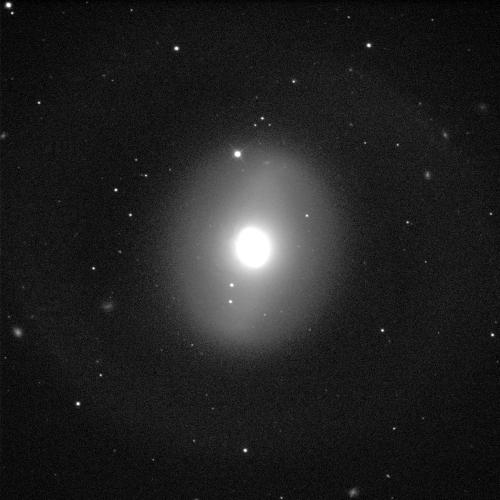
Credit
This work
by Las Cumbres Observatory (taken with Faulkes Telescope South)
is licensed under Creative Commons Attribution Non Commercial 4.0 International
| Australia | 3:17:18.58 | -41:06:28.63 | 30 |
| NGC 1433 | Barred Spiral Galaxy | Image
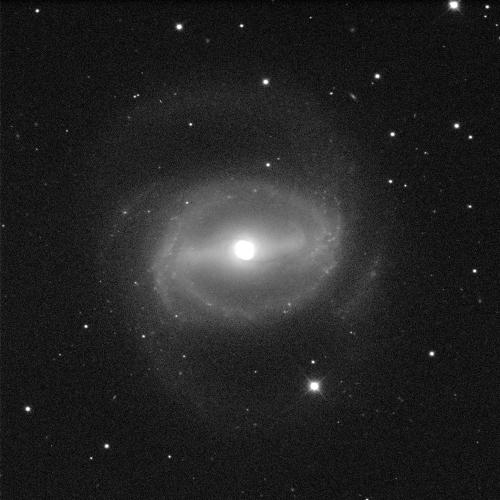
Credit
This work
by Las Cumbres Observatory (taken with Faulkes Telescope South)
is licensed under Creative Commons Attribution Non Commercial 4.0 International
| Australia | 3:42:1.48 | -47:13:18.93 | 60 |
| NGC 1055 | Barred Spiral Galaxy | Image

Credit
This work
by Las Cumbres Observatory (taken with Faulkes Telescope South)
is licensed under Creative Commons Attribution Non Commercial 4.0 International
| Australia | 2:41:45.23 | 0:26:35.45 | 90 |
| NGC 1300 | Barred Spiral Galaxy | Image

Credit
This work
by Las Cumbres Observatory (taken with Faulkes Telescope South)
is licensed under Creative Commons Attribution Non Commercial 4.0 International
| Australia | 3:19:41.05 | -19:24:40.19 | 90 |
| NGC 3953 | Barred Spiral Galaxy | Image
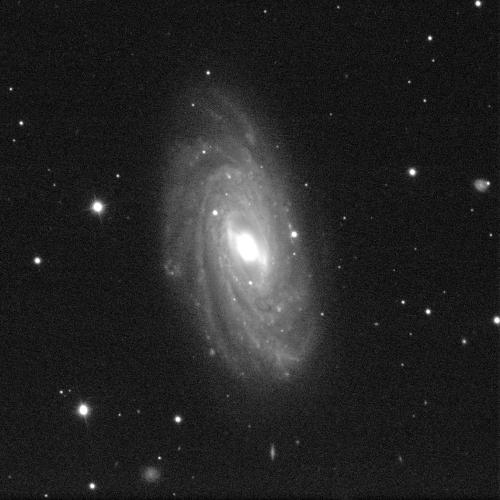
Credit
This work
by Las Cumbres Observatory (taken with Faulkes Telescope North)
is licensed under Creative Commons Attribution Non Commercial 4.0 International
| Hawaii | 11:53:49.01 | 52:19:26.38 | 30 |
| NGC 4535 (The Lost Galaxy) | Barred Spiral Galaxy | Image
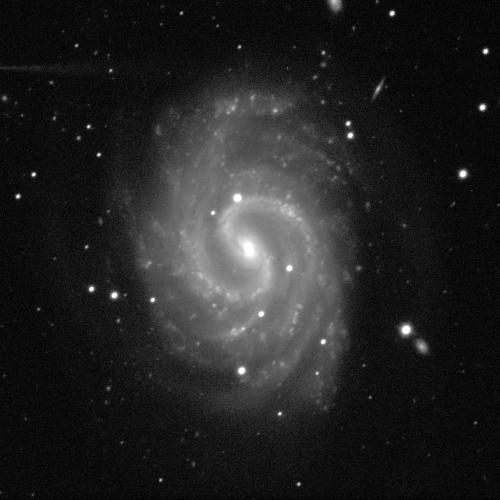
Credit
This work
by Las Cumbres Observatory (taken with Faulkes Telescope North)
is licensed under Creative Commons Attribution Non Commercial 4.0 International
| Hawaii | 12:34:20.34 | 8:11:51.91 | 120 |
| M58 | Weakly Barred Spiral Galaxy | Image
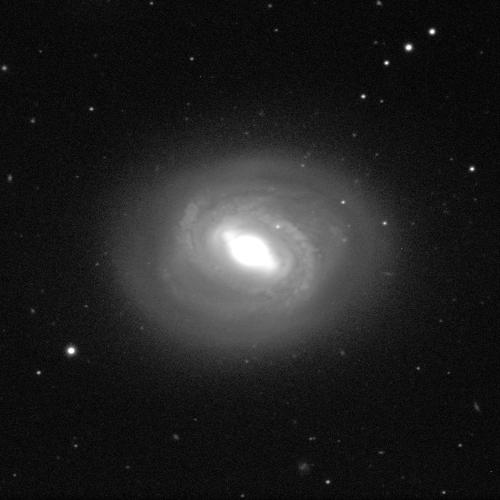
Credit
This work
by Las Cumbres Observatory (taken with Faulkes Telescope North)
is licensed under Creative Commons Attribution Non Commercial 4.0 International
| Hawaii | 12:37:43.6 | 11:49:5.12 | 90 |
| NGC 4274 | Barred Spiral Galaxy | Image
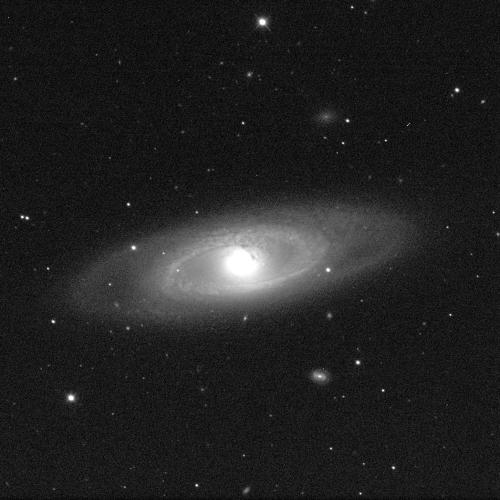
Credit
This work
by Las Cumbres Observatory (taken with Faulkes Telescope North)
is licensed under Creative Commons Attribution Non Commercial 4.0 International
| Hawaii | 12:19:50.64 | 29:36:59.76 | 90 |
| M100 (Mirror Galaxy) | Weakly Barred Spiral Galaxy | Image
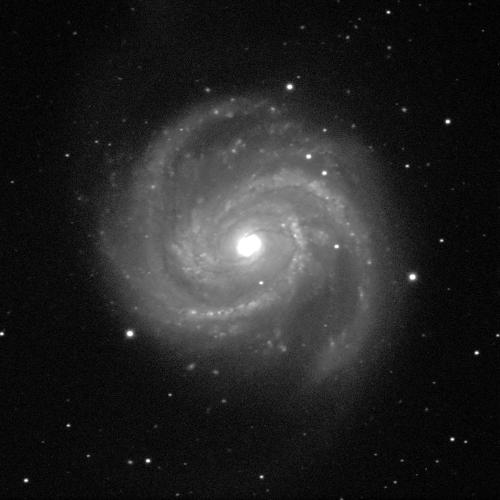
Credit
This work
by Las Cumbres Observatory (taken with Faulkes Telescope North)
is licensed under Creative Commons Attribution Non Commercial 4.0 International
| Hawaii | 12:22:54.93 | 15:49:20.3 | 90 |
| NGC 3938 | Spiral Galaxy | Image
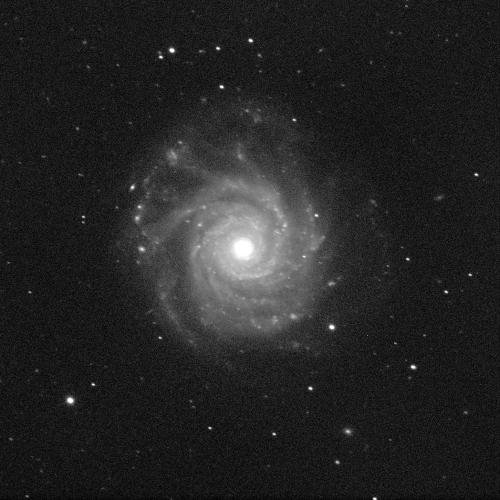
Credit
This work
by Las Cumbres Observatory (taken with Faulkes Telescope North)
is licensed under Creative Commons Attribution Non Commercial 4.0 International
| Hawaii | 11:52:49.43 | 44:07:14.7 | 120 |
| M97 (The Owl Nebula) | Planetary Nebula | Image
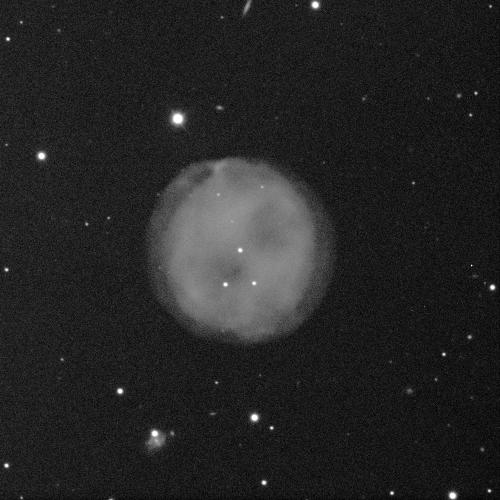
Credit
This work
by Las Cumbres Observatory (taken with Faulkes Telescope North)
is licensed under Creative Commons Attribution Non Commercial 4.0 International
| Hawaii | 11:14:47.71 | 55:01:8.48 | 120 |
| M108 (Surfboard Galaxy) | Barred Spiral Galaxy | Image

Credit
This work
by Las Cumbres Observatory (taken with Faulkes Telescope North)
is licensed under Creative Commons Attribution Non Commercial 4.0 International
| Hawaii | 11:11:30.97 | 55:40:26.84 | 120 |
| NGC 4449 | Irregular Dwarf Galaxy | Image
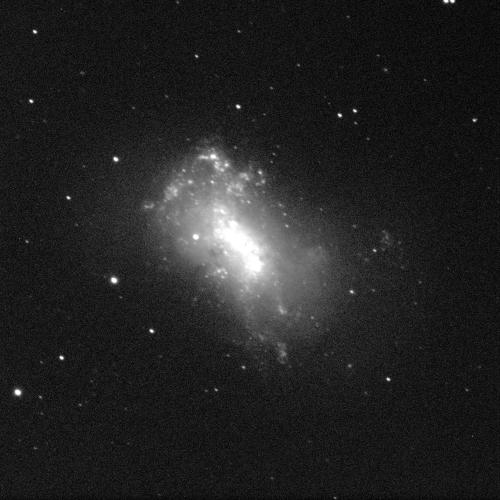
Credit
This work
by Las Cumbres Observatory (taken with Faulkes Telescope North)
is licensed under Creative Commons Attribution Non Commercial 4.0 International
| Hawaii | 12:28:11.12 | 44:05:26.81 | 60 |
| M53 | Globular Star Cluster | Image
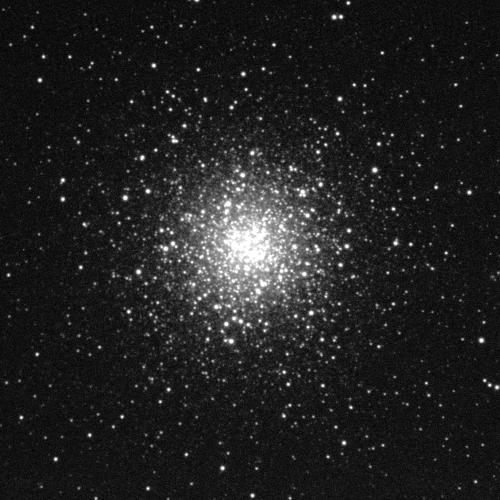
Credit
This work
by Las Cumbres Observatory (taken with Faulkes Telescope North)
is licensed under Creative Commons Attribution Non Commercial 4.0 International
| Hawaii | 13:12:55.25 | 18:10:5.4 | 10 |
| NGC 4567 and NGC 4568 (Butterfly Galaxies) | Interacting Spiral Galaxies | Image
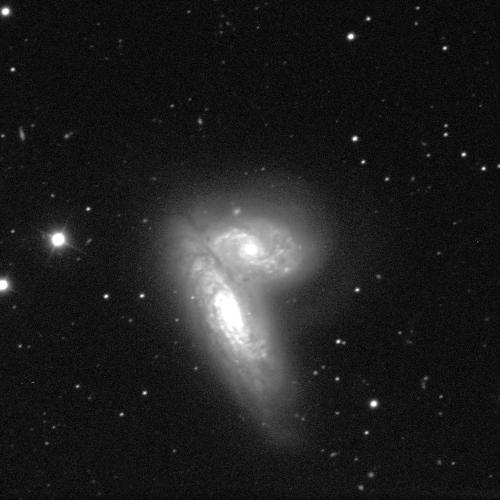
Credit
This work
by Las Cumbres Observatory (taken with Faulkes Telescope North)
is licensed under Creative Commons Attribution Non Commercial 4.0 International
| Hawaii | 12:36:34.29 | 11:14:19.07 | 150 |
